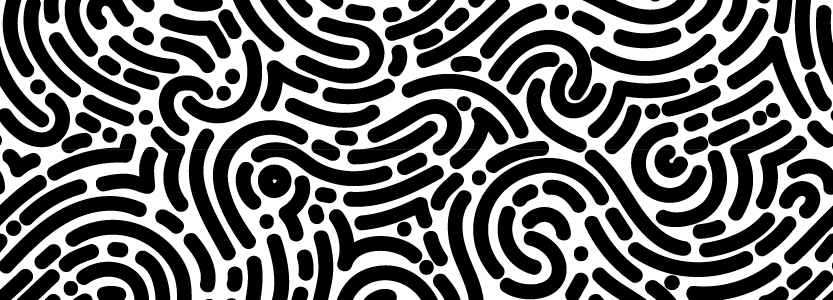IV. Visual Blockbusters of the Twentieth Century
Béatrice Joyeux-Prunel & Nicola Carboni
The blockbuster images of the first half of the twentieth century are far from resembling the ones that make up our daily lives in the 2020s. Until the 1940s, the illustrations shared around the world through periodicals show a very different, almost ghostly world. Faces are almost omnipresent - but not just any faces.
Portraits and busts in abundance: a chart of a male and super individualistic West?
A first group of images, the most numerous, gathers portraits and photographs of busts. The algorithm groups them all the better because these illustrations are all similar: taken on a neutral background, gray or white, and in a frontal way, they expose the faces of thousands of unknown people who, at their time, made the news in some way and for some time.
So many portraits, this is something to consider. This corpus is the largest, the most homogeneous, the most global. But very Western. Since Antiquity, to which the plastic form of the bust is an obvious reference, a precise vision of humanity has been circulating: that of a species dominated by its head -the skull and the brain, the face, the neck and shoulders.
Seeing during our first tests a majority of male busts, we thought, at first, that a perfect subject on the patriarchal and logocentric past of the West was outlined.

But is it a story of men only? Where are the women in these images?

Christianity in the background
Our corpus of images also reveals the face of a civilization: the Christian civilization.

What aspect of Christianity circulates through these images? First, that of the woman -the virgin, sometimes alone, sometimes mother and child. Then that of the churches, the Gothic or Romanesque architecture, the pediments. The objects of worship -we were not expecting it- are also numerous (monstrances, reliquaries, incense burners...).
The images of European Christianity are rather those of mothers, builders, places of pride and refuge. No images -at least we have not yet found any- relating to other religions, and in particular to Judaism.

Is it a religion of rite and dogma that circulates in these illustrated periodicals? Not really.
Reliquaries are objects made to contain the remains of saints, relics offered for veneration by the faithful in a votive chapel, during a celebration or a procession in honor of the saint. But the images that convey them are published in non-religious contexts. These objects are already considered as art objects, testimonies of excellence in the handling of precious metals and stones. They are precious objects, which art historians study. There is little or no trace, in the texts that accompany the images, of a reflection on the rite and the cult.


Nor do we find pictures of popes, and only a few saints appear except the Virgin. The image of Christ, which one might have expected to find a lot, is much less present as an adult than as a child, protected by his mother. As for the Virgin, she is the most represented religious image in our corpus of three million images. The geography covered by her iconography (which we will have to specify by increasing the corpus) is more European, it seems -but is not limited to countries of Catholic tradition.
Focus: Virgins and children in Europe in the first twentieth century
Art images have circulated better
The third group of images that is more international than the others in our corpus: that of art images. By art images, we simply mean reproductions of works of art, paintings, sculptures or engravings.
Most of them circulated in art magazines -a type of periodical reserved for the elite, a social stratum more internationalized than that of the lower classes.
What were the favorite images of this elite, those that circulated the most on a global scale?
Some artistic blockbusters of the first 20th century press...
Automobile, when you get us...
Fourth and last big visual blockbuster of the first Twentieth Century: the automobile.

Seen from the side most often, never really from the front, the car first made the most beautiful pages of the art magazines of the European elite of the end of the century. Then it spread in other types of magazines. But under which forms? According to which discourses?
The automobile was not immediately accepted by the population, quite the contrary. How to understand its progressive acceptance?
The more and more intense circulation of images of cars explains perhaps the soft familiarization of the international public to the civilization of the automobile and the anthropocene...
Over the years, we have seen the development of increasingly sophisticated advertising techniques, designed to maintain the logic of desire and mimicry capable of creating unceasing needs, in line with the best advertising theories (one thinks of Edward Bernays' Propaganda, published in the United States in 1928). This is the way to understand our ancient dependence on the automobile, and the psychological roots of the Anthropocene civilization.

